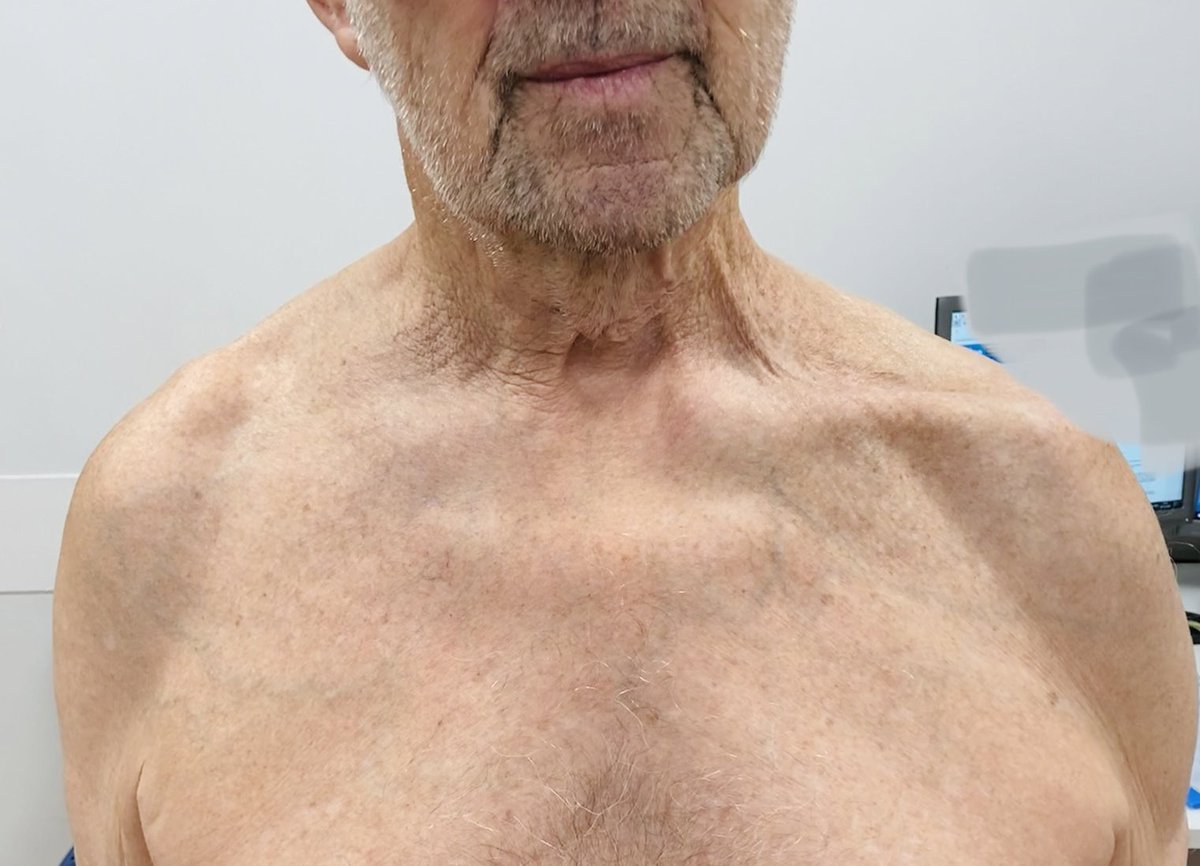Injections that stop pain are an amazing thing. How do local anaesthetics stop pain? What makes the numbing effect wear off? And what should be done if it doesn’t? A thread on nerve function by a nerve surgeon. #regionalanaesthesia #localanaesthetic #neurapraxia #conductionblock
Firstly what do nerves do? Nerves control all functions of the body. They control movement of muscles, bring the sensitivity to touch and temperature to skin, they control sweating, hair and nail growth and….
Pain! Pain is defined as “An unpleasant sensory and emotional experience associated with, or resembling that associated with, actual or potential tissue damage”
How do nerves control all of these function?
Well they are very clever things they work like internet cables taking binary (off/on; upload/download) information along their length to and from the brain and spinal cord.
Well they are very clever things they work like internet cables taking binary (off/on; upload/download) information along their length to and from the brain and spinal cord.
This all or nothing (binary) signal is a process called an ‘action potential’ the nerve charge must reach a threshold then it sends an action potential - like pulling a trigger on a gun.
This action potential is formed of charged ions (sodium and potassium charged particles in fluid) moving in and out of the nerve through doors (called voltage triggered gates) that open and close due to the changing charge. Triggering like a Mexican wave along the nerve.
This Mexican wave can only happen due to the nerve being primed (to a ‘resting potential’) by a process that needs energy that drives all those ions that escaped out of the gates, back into the nerve. This is called a Na/K ATPase pump.
Whilst it takes energy to keep nerves ready to fire they do this process again and again throughout every second of your life. This ‘action potential’ is how all nerves work. Here is the science: 

So if we can stop the nerves that bring information back from the body about pain it makes it ‘anaesthetic’ or unable to feel pain. Im we only want it to work for a short period as pain is an important safety mechanism to stop us hurting ourselves.
There are many chemicals in nature that can reduce pain. The Incas used leaves of the coca plant to do this. Cocaine is a good local anaesthetic on areas of skin that are wet like the mouth.
In the early 1900 a German man called Mr August Bier injected a cocaine solution into the spine (the first medical use of local anaesthetic). Bier and his mate Hildebrand experimented on each other showing they could hit each other with hammers or pull out hair without pain!
In the 1940s the modern local anaesthetics were invented. Lidocaine is still the commonest injection used for local anaesthetic.
How does it work?
How does it work?
Well it gets inside the nerve (by diffusion through the nerve wall) and blocks the opening of the gates that let the Sodium ions out.
This means that in the area of the nerve that had the lidocaine messages cannot pass as the Mexican wave hits an area that won’t conduct. The lidocaine has created a break in the chain of conduction. But importantly hasn’t damaged the nerve.
This is called ‘conduction block’. Think of part of the fuse to a cartoon bomb getting wet in a puddle. The fuse can’t work until it dries out. This is the idea of a local anaesthetic. It wears off as the puddle dries out (the gates unlock) and the nerve can work normally again.
This process of conduction block is how local anaesthetics work; by temporarily blocking the movement of Sodium ions out of nerves. It allows surgery to be carried out pain free with the patient awake. It really is magic.
Some times the effect of the anaesthetic does more than just block the pain nerves and can stop the nerves to control movement working too.
Sometimes after an operation the effect of the local anaesthetic on movement, touch, pain or sweating doesn’t wear off as it should. There are other reasons why this might be other than the anaesthetic.
Sometimes the pressure effect of the volume of the anaesthetic injection might have squashed the nerve or created bleeding around the nerve and this can cause a longer lasting conduction block.
There are other reasons in any operation or anaesthetic why the block might go on too long. Doctors have agreed a protocol of assessing this after an anaesthetic so any problem can be identified and made better.
A copy of this guideline from the doctors who keep you safe and comfortable and those that fix arms backs and legs ( @RegionalAnaesUK @BritOrthopaedic ) is here ra-uk.org/images/Documen…
• • •
Missing some Tweet in this thread? You can try to
force a refresh







